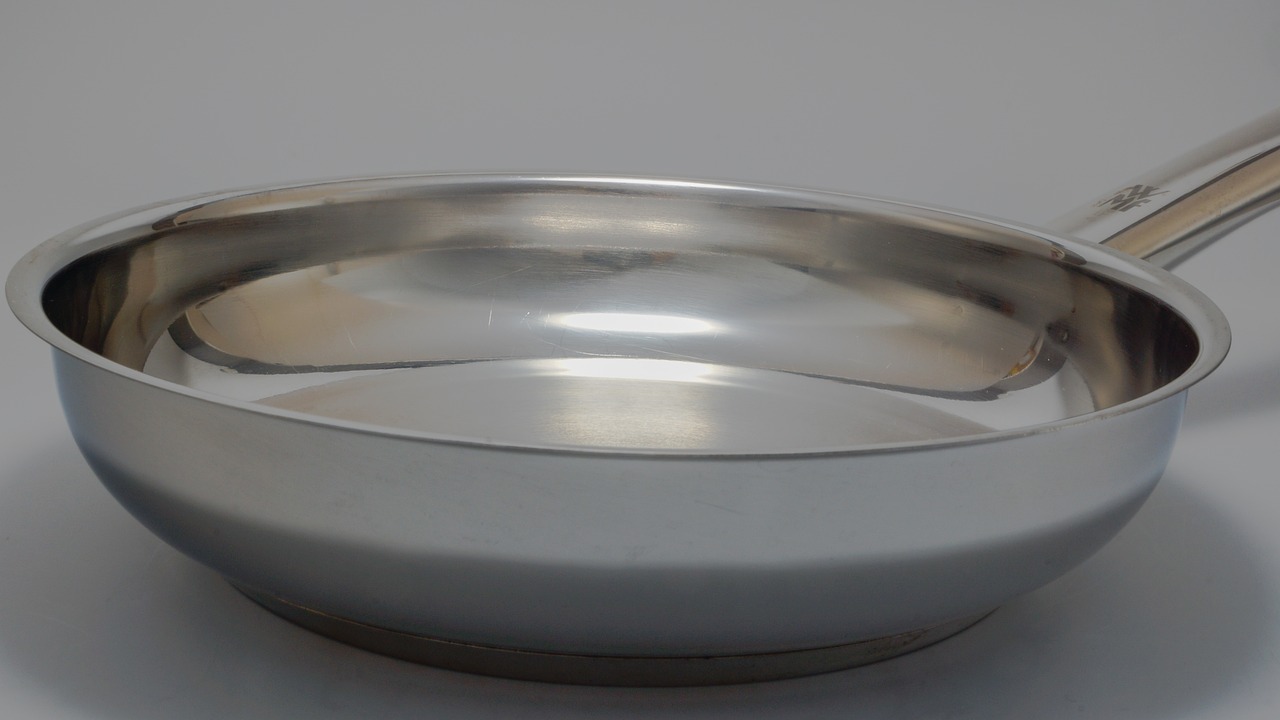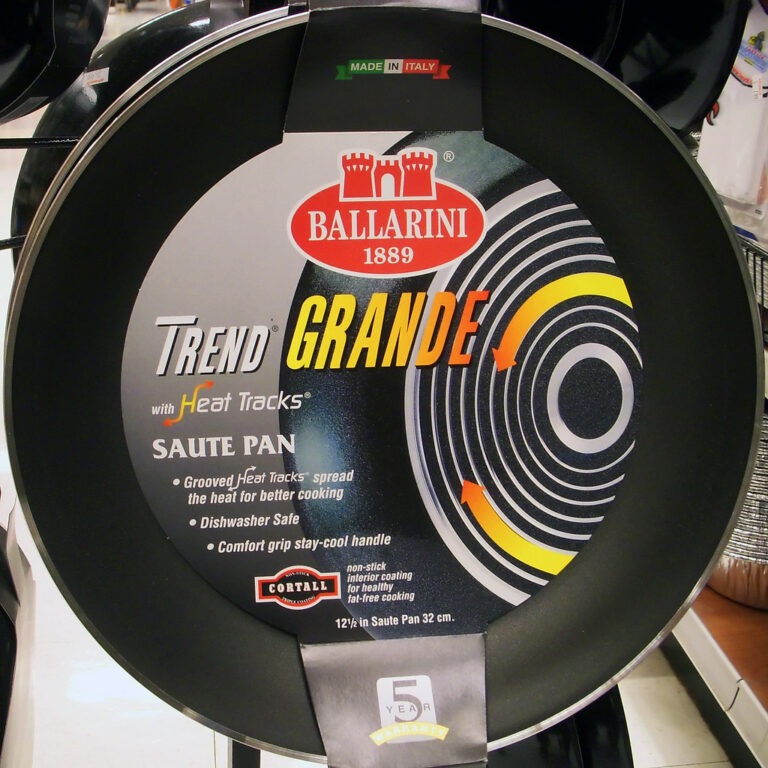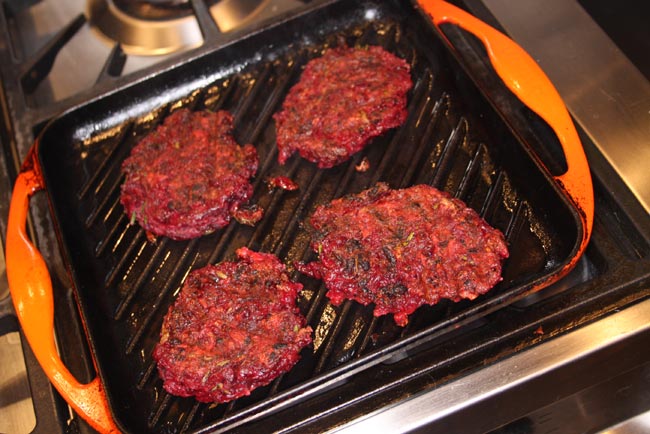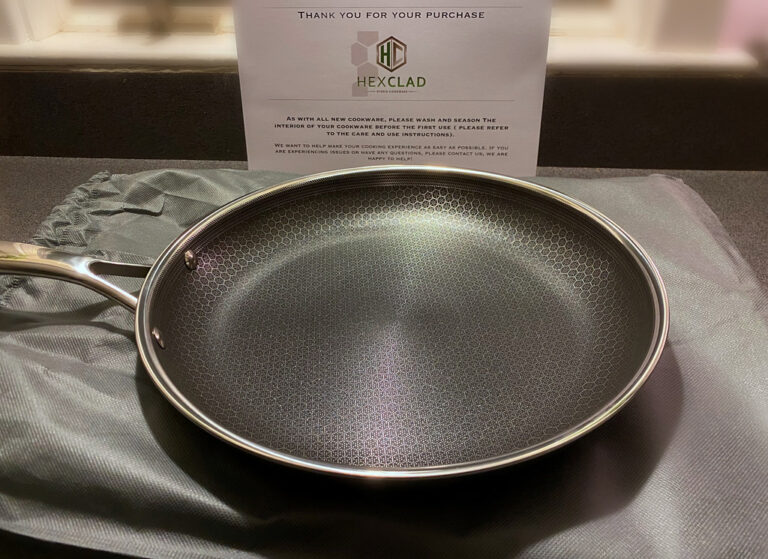I’ve always wondered about the difference between brushed and polished stainless steel cookware. Which one is better in terms of appearance, durability, and cooking performance?
In this article, I’ll explore the pros and cons of both options, helping you make an informed decision.
Let’s dive into the world of stainless steel cookware and discover which finish suits your kitchen needs best.
Key Takeaways
- Polished stainless steel cookware gives a sleek and modern appearance to the kitchen.
- Brushed stainless steel cookware has a longer lifespan.
- Stainless steel cookware offers excellent heat conductivity.
- Consider the value for money when comparing different brands and styles of stainless steel cookware.
Appearance
I prefer the polished stainless steel cookware because it gives a sleek and modern appearance to my kitchen. The shiny surface of the polished stainless steel reflects light and makes my cookware stand out in my kitchen. It adds a touch of elegance and sophistication to the overall look.
Cleaning polished stainless steel cookware is a breeze. I simply use warm soapy water and a soft cloth to wipe away any stains or residue. The smooth surface also makes it easier to remove any stubborn food particles.
Moreover, polished stainless steel has excellent oxidation resistance, meaning it’s less likely to tarnish or develop rust spots over time. This ensures that my cookware maintains its shiny look for years to come.
Durability
In my experience, the durability of brushed stainless steel cookware surpasses that of polished stainless steel cookware. I’ve found that brushed stainless steel cookware has a longer lifespan and is more resistant to scratches. Here are a few reasons why:
- The brushed finish of the cookware helps to hide minor scratches and signs of wear, keeping it looking newer for longer.
- The brushed surface is less prone to showing fingerprints and smudges, making it easier to maintain its appearance.
- The brushed texture provides a better grip, reducing the chances of accidents and dropping the cookware.
- The brushed stainless steel is less likely to develop stains or discoloration over time, ensuring its longevity.
Overall, the brushed stainless steel cookware not only offers superior durability but also requires less maintenance, making it a worthwhile investment for any kitchen.
Maintenance
Maintaining the longevity of my cookware is important, and I’ve found that regular cleaning and proper storage are key.
When it comes to maintaining my stainless steel cookware, I’ve discovered that it isn’t only durable but also easy to maintain. The maintenance cost is low because I don’t need to replace it frequently.
To keep my cookware in pristine condition, I follow a simple cleaning routine. I use a mixture of warm water and mild dish soap to clean off any food residue. For stubborn stains, I use a non-abrasive scrub brush. After cleaning, I make sure to dry my cookware thoroughly to prevent any water spots or rusting.
Proper storage is also essential, so I stack my cookware with protective padding between each piece to avoid scratches.
With these cleaning methods and proper storage, my stainless steel cookware continues to shine and serve me well in the kitchen.
Heat Distribution
When cooking, it’s important to have even heat distribution throughout my pots and pans for consistent and delicious results. That’s why I prefer using stainless steel cookware, which offers excellent heat conductivity. The material quickly and evenly distributes heat, ensuring that my food cooks evenly.
Additionally, stainless steel has great heat retention, so my dishes stay warm even after I remove them from the stove. This is particularly useful when serving meals to guests or when I want to keep my food hot for longer periods.
With stainless steel cookware, I can enjoy perfectly cooked dishes every time.
- Even heat distribution for consistent cooking
- Quick and efficient heat conductivity
- Excellent heat retention for keeping food warm
- Consistent and delicious results every time
Cooking Performance
When it comes to cooking performance, I want cookware that evenly distributes heat and prevents food from sticking. These two factors are crucial in achieving delicious and perfectly cooked meals.
Heat Distribution Quality
The heat distribution quality of polished stainless steel cookware is excellent. It evenly distributes heat throughout the surface, ensuring that your food cooks evenly and quickly. This makes it easier to achieve the desired cooking results without having to constantly adjust the temperature.
When it comes to cooking efficiency, polished stainless steel cookware performs exceptionally well. The superior heat distribution also allows for better temperature control. You can easily maintain a consistent temperature, which is crucial for delicate dishes that require precise cooking.
In addition, the even heat distribution prevents hot spots, reducing the risk of burning or undercooking your food. With polished stainless steel cookware, you can enjoy efficient and precise cooking every time.
Food Sticking Prevention
As a cook, I appreciate that food rarely sticks to my polished stainless steel pots and pans. The smooth surface of polished stainless steel makes it easier to prevent food from sticking, especially when compared to other materials like cast iron or unpolished stainless steel.
However, there are non-stick alternatives available for those who want an extra layer of protection against sticking. Non-stick coatings, such as Teflon, provide an additional barrier between the food and the stainless steel surface, making it even easier to cook without worrying about sticky residue. These coatings are designed to be durable and scratch-resistant, ensuring that they last for a long time.
Conclusion
In conclusion, when it comes to choosing between brushed and polished stainless steel cookware, it ultimately depends on personal preference.
Brushed stainless steel offers a more rustic and textured appearance, while polished stainless steel provides a sleek and shiny look.
Both options are durable, easy to maintain, and distribute heat evenly.
The price range may vary, but both types of cookware offer excellent cooking performance.
Ultimately, it’s up to you to decide which style suits your kitchen and cooking needs best.




